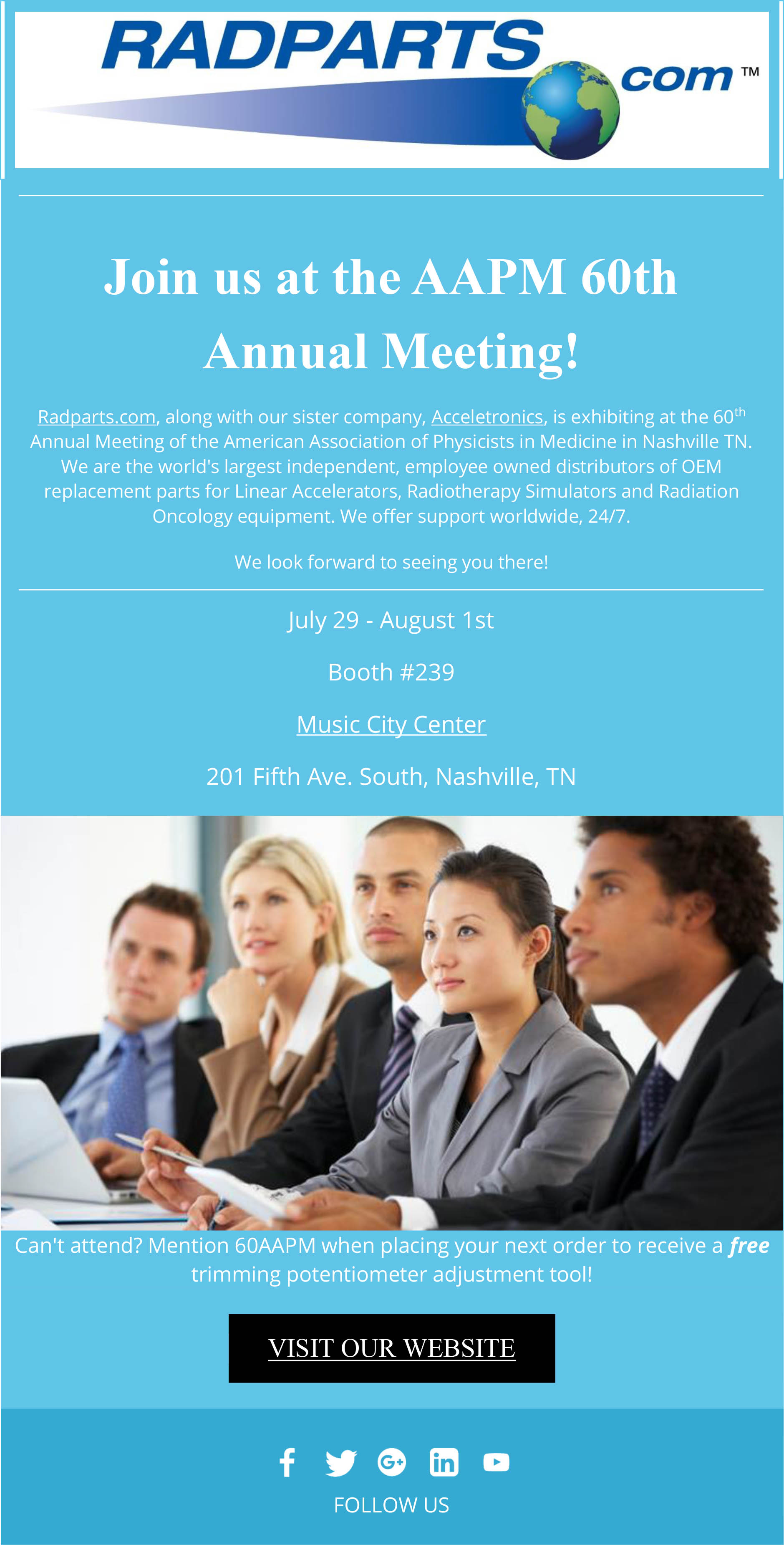A linear accelerator has a wide range of built-ins that are designed to ensure patients are only given the recommended dose of radiation. The dosage recommended by the physician should never be ignored or changed as each treatment dosage is unique to each patient. Linear accelerators are comprised of several parts and mechanisms that age over time. This article will go over what facilities can expect when it comes to the average lifespan of the parts on LINAC systems, CT scanners, and other radiation oncology devices.
The Lifespan of Linear Accelerator Parts
The lifespan of linear accelerator equipment comes down to two major elements: usage and maintenance. On average medical facilities can expect that large scaled radiation equipment, such as linear accelerators, to last around 5 to 10 years before they begin to break down. Regular maintenance of your LINAC system keeps it running smoother, longer.
Examples of medical equipment lifespans are:
- High use parts like Magnetron and iView detectors can last upwards of two to three years and with average use around four to six years.
- X-ray tubes with high use last about eighteen months however with low usage can last if four years.
- XVI detectors can last up to ten years within linear accelerators that have low usage whereas with high usage XVI parts last around five years.
- Thyratron tubes have a lifespan of anywhere between three to five years.
Age and Usage of LINAC Parts
The average life expectancy of most linear accelerator parts depends on the legitimacy of the parts and the amount they are used. There are some parts that need to be replaced yearly with increased use, like the electron gun, however with low usage can last upwards of six years.
Environmental factors cannot be ruled out as it also affects the ion chamber of a linear accelerator, high humidity can cause a reduced lifespan. While an average ion chamber will only need a replacement after four years, one in an environment with high humidity will need a replacement after a year.
When to Replace Aging Parts
Replacing aging parts over time is necessary to avoid causing any damages to the equipment. Some corporation has a habit of considering the price of the equipment and the costs involved in changing the parts over time, and as such delayed the immediate replacement of an overdue or overused equipment. But, this is never a good yardstick of profit maximization, in the long run definitely, a breakdown of significant parts of the system may be disastrous to the equipment.
As a Linear Accelerator stays over time and ages, errors can creep in and this will have an adverse effect on the accuracy of the equipment. It is reasonable to expect a good 5 to 10 years of use out of the linear accelerator, but the maintenance also takes its toll on expenses if it stays much longer.
Companies can often get more usage out of a machine and ensure errors are resolved or controlled just by keeping the software up to date and replacing or upgrading linear accelerator parts as at when needed. Most importantly it is advisable to choose a reputable company to replace your LINAC’s aging parts as the wrong equipment can end up creating more damage to the machine instead of improving its performance. Most companies who sell linear accelerators and parts will have service contracts available that offer varying levels of support.
Radparts is the world’s largest independent distributor of OEM replacement parts for Linear Accelerators and Radiation Oncology equipment. Radparts provides high quality, user friendly, low cost parts support for linear accelerators and radiation equipment. More information can be found at https://www.radparts.com/.

